Lasswade Viaduct
Lasswade Viaduct
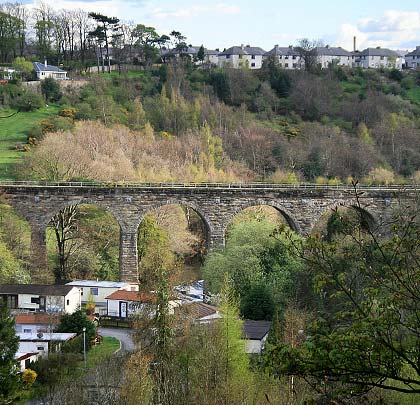
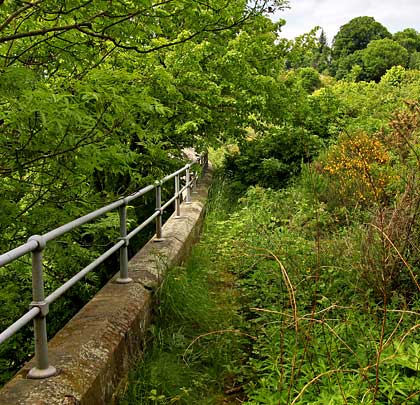
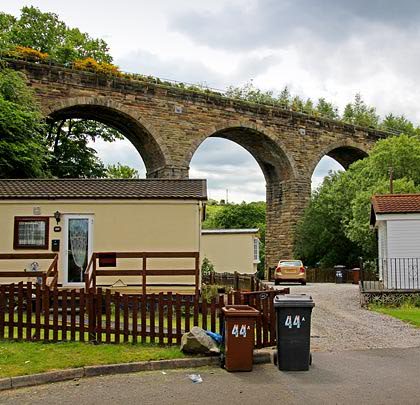
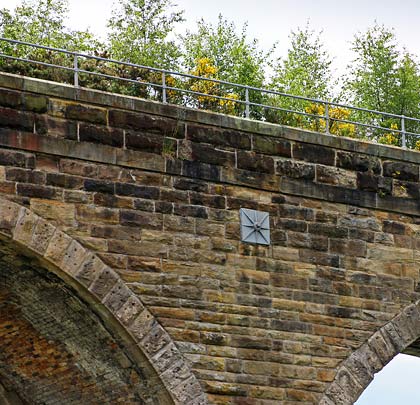
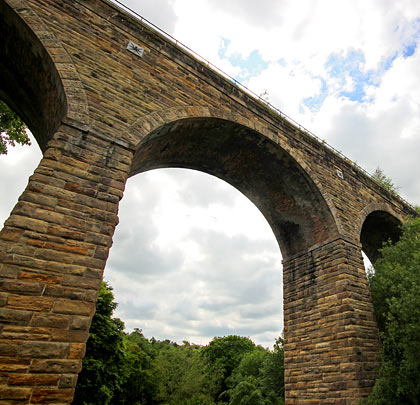
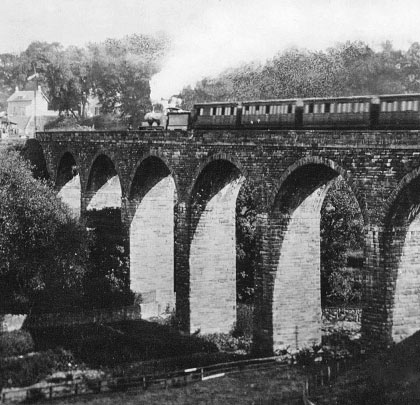






Conceived as a servant of local paper mills, the Esk Valley Railway received Parliamentary approval in July 1863 but work on it did not get underway until 5th September 1864. From a junction with the Peebles Railway, its single track extended for three miles to a terminus at Polton but getting there demanded considerable engineering including a tunnel of 430 yards and a striking curved viaduct. These were substantially complete by the summer of 1865. Contracted to build them was Mr Alexander Wilson of Edinburgh who would receive £20,994 for his troubles.
The viaduct – engineered by the prolific Thomas Bouch – comprised six segmental arches of 39 feet in span, reaching a height of 75 feet above the waters of the North Esk. Its rectangular piers feature cream bull-faced sandstone with polished voussoirs. Above a string course are parapets with rounded ashlar copings and light steel railings. The curvature is approximately 18 chains in radius.
The Esk Valley Railway opened on 16th April 1867, leased to the North British Railway for an annual rent of £1,350. The works had actually been completed seven months previously but delays were encountered with improvements to the Peebles Railway – from which its traffic flowed – and the installation of signalling equipment demanded by the Board of Trade.
The line carried its last passengers in September 1951 but goods trains continued to serve the mills until 18th May 1964. Since then the viaduct, structure EVP/4, has received a Grade B listing and continues to be maintained by the Highways Agency Historical Railways Estate, formerly BRB (Residuary).







